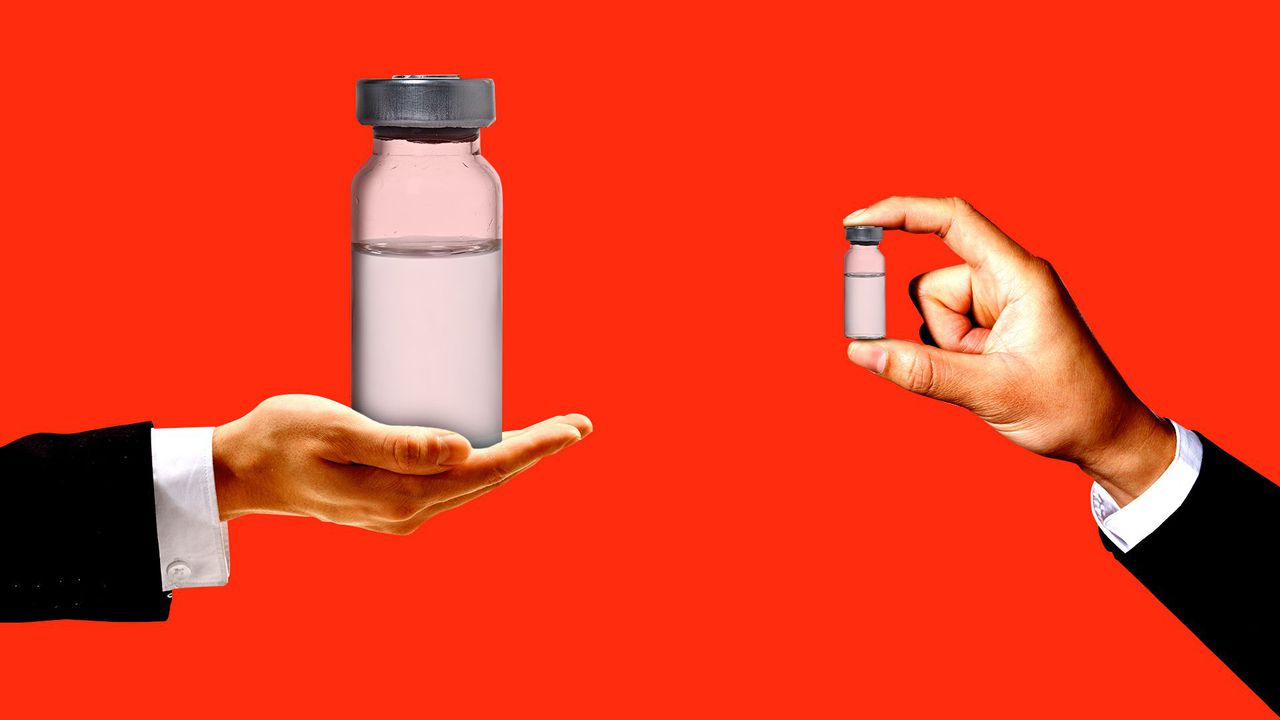Communities of color falling behind in America's vaccine effort

In cities across the U.S., the neighborhoods hardest-hit by the coronavirus are being vaccinated at a slower rate than their wealthier, whiter counterparts.
Why it matters: Preventing socioeconomic disparities in the vaccination process was always going to be an uphill battle, but policy changes in response to the sluggish rollout have generally prioritized speed over equity.
The big picture: Early analyses and news reports show that in many cities and states, people of color — particularly Black Americans — are falling behind white Americans in the vaccination effort.
- Experts had predicted that structural barriers and higher rates of vaccine hesitancy would always be a problem. But the push to prioritize speed in response to the slow initial vaccine rollout likely took a toll on equity.
- “If you focus on speed, those who are most easily accessible will be the ones who receive the most care, and those who have been most historically isolated from healthcare access ... will be the ones most likely to suffer without vaccine coverage,” Alexandre White, a Johns Hopkins University assistant professor, told the Miami Herald.
Zoom in: In Los Angeles, for example, Gov. Gavin Newsom’s decision to expand vaccine eligibility to everyone 65 and older has frustrated health advocates, who had planned to prioritize essential workers and place a greater emphasis on socioeconomic risk factors, per KQED.
- “Moving millions of people farther ahead in line, by definition, means millions of others are farther back in line,” Mitch Steiger, legislative advocate for the California Labor Federation, told KQED.
Between the lines: In Memphis, disparities were exacerbated by the the county’s decision to give early access to vaccine appointments to those who could make them online, ProPublica reports. But computer and internet access varies drastically by zip code.
- In other places, physical access to vaccine sites is an issue. In the Boston area, Black and Latino residents are significantly less likely than white residents to live in census tracts that are within a mile of a vaccination site, the Boston Globe reports.
What’s happening: Some cities, in response to data showing communities of color being left behind, are trying to adjust their distribution plan to better serve their most vulnerable populations.
- Washington, D.C., has begun making additional vaccine appointments available to residents of the hardest-hit neighborhoods, who were initially making fewer vaccine appointments than residents living in wealthier neighborhoods, WJLA reports.
- Chicago is taking a similar approach, and is also partnering with local groups on an outreach plan, per The Chicago Tribune.
- Miami is expanding phone reservations and setting up mobile vaccinations in public housing complexes, the Miami Herald reports.
The other side: Dallas officials recently scrapped a plan to prioritize vaccine doses for people living in the most vulnerable neighborhoods after the state threatened to cut the county’s vaccine allocation in response, the Texas Tribune reports.
The bottom line: Vaccinating the most vulnerable Americans has arguably never been more important, as new variants become more prevalent.
- But so far, the most vulnerable populations are, yet again, falling behind.